SUMMARY
This is AI generated summarization, which may have errors. For context, always refer to the full article.
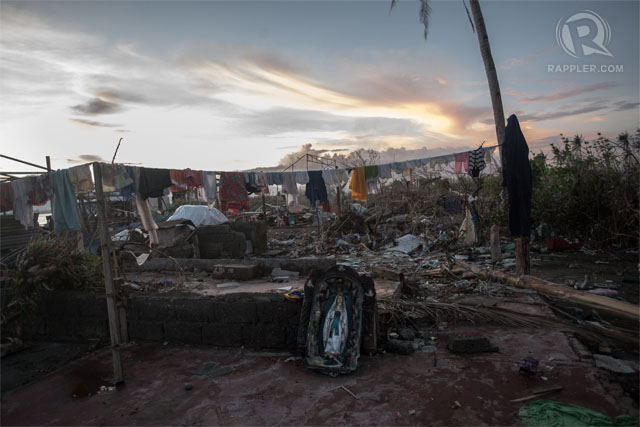
TACLOBAN CITY, Philippines – They live across the sea in a village called 88 along Timex street. The houses were once elbow to elbow, wood and tin and hollow blocks facing the mangrove-lined coast.
This is where my house used to stand, they would say. This used to be my wall, my roof, my home.
They are fishermen and farmers, fathers all. They walk hunched, carrying grief and guilt on stooped shoulders, watching the few other families with children intact. Their stories are about lost children and missing wives, about hands slipping in the water and goodbyes that were never said. They talk in numbers. How this neighbor had twelve children, and now only has one. How that cousin tried to save a neighbor’s son, and lost his own. How taking ears of corn from the garden of an old couple isn’t looting, because the couple is dead, and so is their grandson.
They will talk to anyone who will listen, in the mornings, while they use rockers to hammer tin roofs into walls. In the afternoons, while they dig copper out of old television sets. Mostly they talk at night, when the C130s go still, when the sky goes dim and the dead are cold in the fields outside what used to be their walls, their roofs, their homes.
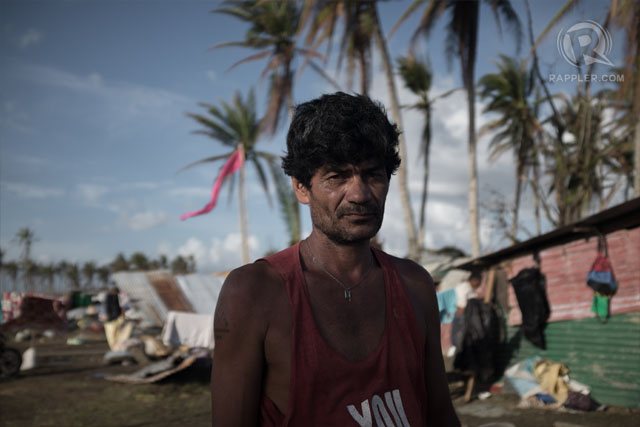
Ramil
The father is named Ramil. Tall, strong Ramil, well over 6 feet, the butcher from Vitas, tough guy from the toughest part of tough Manila. It was that tallness and strength that nearly killed him, made him an anchor for the drowning. They clung to him, around his neck, clutching at his hair, gripping his shoulders, clawing up his back, children, teenagers, a mother carrying a daughter, all clinging to Ramil while birds and turtles and snakes slithered up his chest. He shoved them all away, snakes, birds, mothers, children, abandoned them all in the water before he swam to save his wife. Ramil found his wife, half-drowned. He caught her by the hair, thrust her under his arm, wrapped himself around her until she was safe from the sheets of tin and tumbling logs.
Now his wife is near blind, one eye gone from the whip of water. His daughter is dead. He wishes he could die himself, but his wife needs him, and she cannot be left alone.
Edwardo
The father is named Edwardo. Brother to Ramil’s wife, father of a small daughter. He was ill long before the storm, coughing up blood in cold days. He and his small family held on to a bundle of bamboo after the first storm surge, held on while the bamboo twisted under the water, were forced under the water with every wave.
Edwardo was holding his daughter when he saw his wife fighting the current. He watched as she disappeared underwater. He held his daughter as the waves came, surge after surge, his knuckles white as he clung to the ledge of a second floor roof.
The last wave came, and took his daughter with it.
Now he sits alone, every day and every night. He would like to die, and he hopes it will be soon.
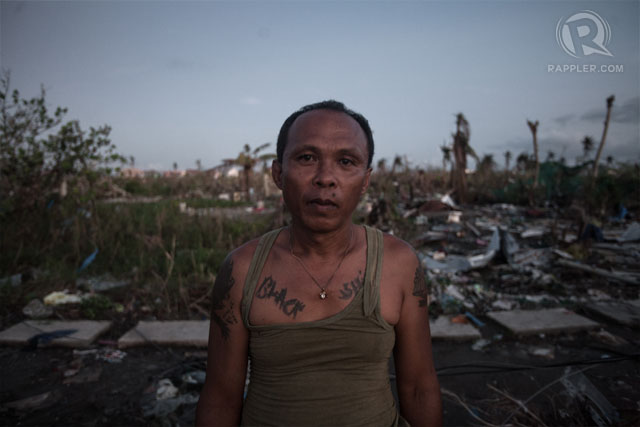
William
The father is named William. Ramil’s friend, Berto’s neighbor. He is one of the lucky ones. All 4 of his children are living, sent off to safety hours before the storm. William and his wife stayed home. They tried to run, but the waves caught them halfway to the highway. He clung to a length of bundled bamboo, Berto to his left, his wife to the right, all of them tumbling in and out of the water as the wave hurtled across the bay.
He crawled to the coast, walked half a day bleeding and hungry, and came home to see the bodies of his neighbors scattered under the trees. When he found Ramil’s daughter, he covered her with a sheet of tin.
For 14 days after the storm he lived with the corpses of his friends. He does not want to leave, because the evacuation centers are too loud. It is quiet where he is.
William is building a house for his children. He will survive for them. He hopes his wife is still alive.
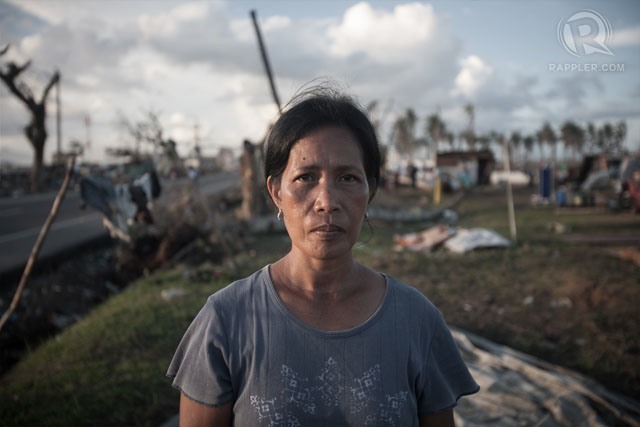
Edgar
The father is named Edgar, he lived down the street from William. He sent his wife and 4 children away to what he thought was safety in an elementary school. He visited them once, carrying a bowl of cooked rice before he went home to keep watch. When the storm came, Edgar’s son Junior swam through a broken classroom window, pulling his mother out with him, pushing and dragging until all 5 of them were safe on the second floor roof.
Edgar’s wife Josephine and their 4 children are alive. Edgar is not. – Rappler.com
Add a comment
How does this make you feel?
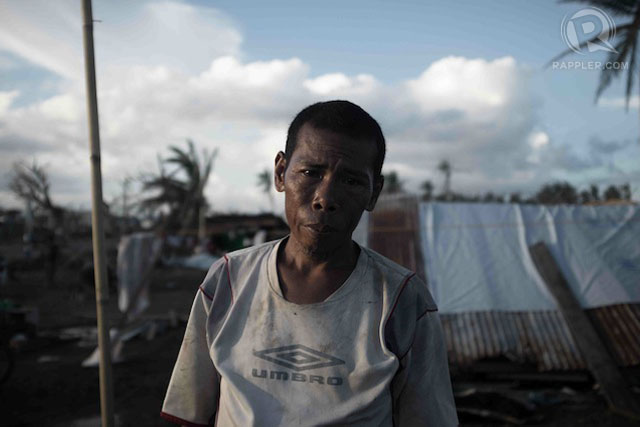
There are no comments yet. Add your comment to start the conversation.